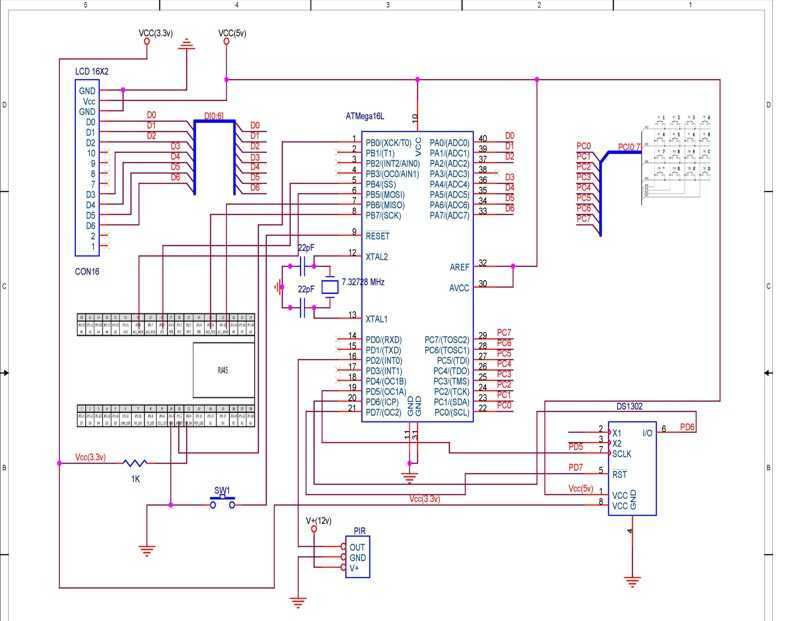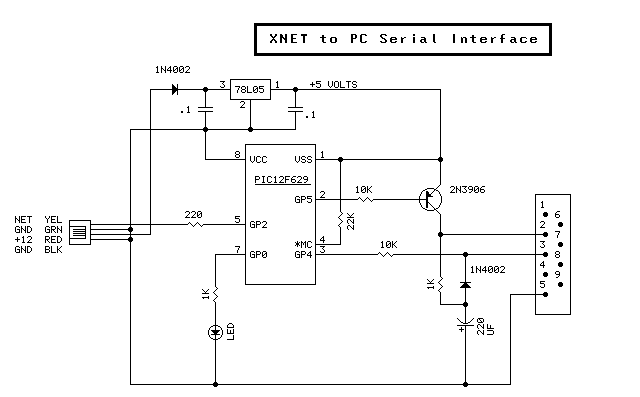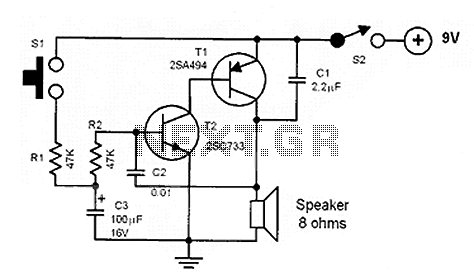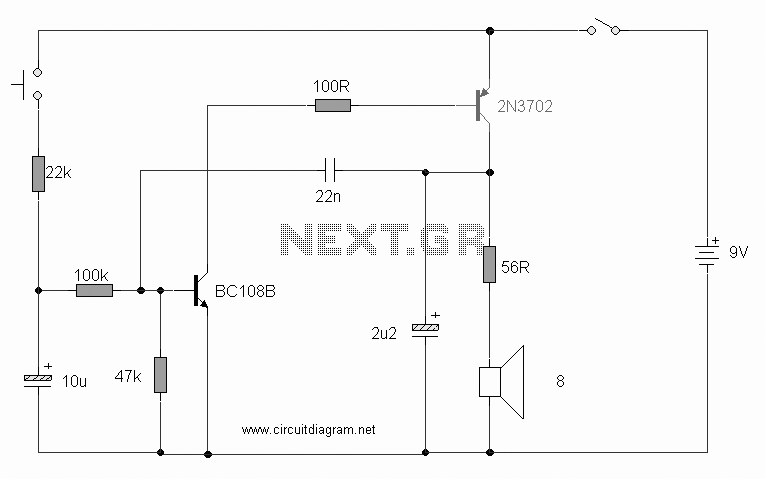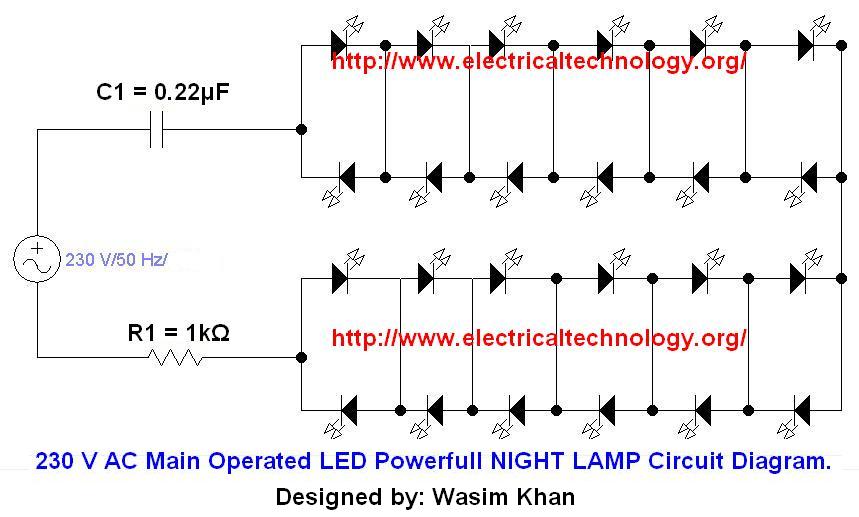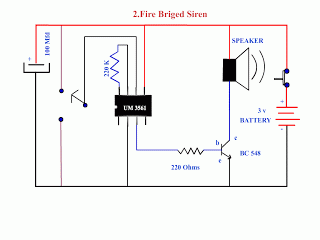
Powerful Security Siren
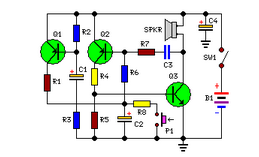
Simple circuit, no ICs required, 12V battery operation. This circuit was requested by several correspondents. Its purpose was to obtain more power than the standard configurations allow.
This circuit design utilizes a 12V battery as the primary power source and operates without any integrated circuits (ICs), making it straightforward and easy to assemble. The primary components involved include resistors, capacitors, diodes, and transistors, which collectively enhance the circuit's performance while maintaining simplicity.
The circuit can be configured to amplify power output, making it suitable for applications where increased power is necessary. The use of discrete components allows for greater customization and flexibility in terms of circuit parameters. For instance, selecting the appropriate transistor can significantly affect the gain and efficiency of the circuit.
The design typically includes a power stage that consists of a transistor configured in a common emitter or common collector arrangement, depending on the desired output characteristics. The base of the transistor is connected to a resistor divider network that sets the biasing point, ensuring that the transistor operates in the active region for linear amplification.
Capacitors may be employed for coupling and bypassing, helping to stabilize the circuit and filter out unwanted noise. Diodes can be included for protection against reverse polarity, ensuring the longevity of the circuit components when powered by the 12V battery.
This circuit is particularly advantageous for hobbyists and engineers looking for a reliable and efficient power amplification solution without the complexity of ICs. It serves as an excellent educational tool for understanding fundamental electronic principles, including amplification, biasing, and component interactions.Simple circuit No ICs required, 12V Battery operation This circuit was requested by several correspondents. Its purpose was to obtain more power than th.. 🔗 External reference
This circuit design utilizes a 12V battery as the primary power source and operates without any integrated circuits (ICs), making it straightforward and easy to assemble. The primary components involved include resistors, capacitors, diodes, and transistors, which collectively enhance the circuit's performance while maintaining simplicity.
The circuit can be configured to amplify power output, making it suitable for applications where increased power is necessary. The use of discrete components allows for greater customization and flexibility in terms of circuit parameters. For instance, selecting the appropriate transistor can significantly affect the gain and efficiency of the circuit.
The design typically includes a power stage that consists of a transistor configured in a common emitter or common collector arrangement, depending on the desired output characteristics. The base of the transistor is connected to a resistor divider network that sets the biasing point, ensuring that the transistor operates in the active region for linear amplification.
Capacitors may be employed for coupling and bypassing, helping to stabilize the circuit and filter out unwanted noise. Diodes can be included for protection against reverse polarity, ensuring the longevity of the circuit components when powered by the 12V battery.
This circuit is particularly advantageous for hobbyists and engineers looking for a reliable and efficient power amplification solution without the complexity of ICs. It serves as an excellent educational tool for understanding fundamental electronic principles, including amplification, biasing, and component interactions.Simple circuit No ICs required, 12V Battery operation This circuit was requested by several correspondents. Its purpose was to obtain more power than th.. 🔗 External reference
Warning: include(partials/cookie-banner.php): Failed to open stream: Permission denied in /var/www/html/nextgr/view-circuit.php on line 713
Warning: include(): Failed opening 'partials/cookie-banner.php' for inclusion (include_path='.:/usr/share/php') in /var/www/html/nextgr/view-circuit.php on line 713
